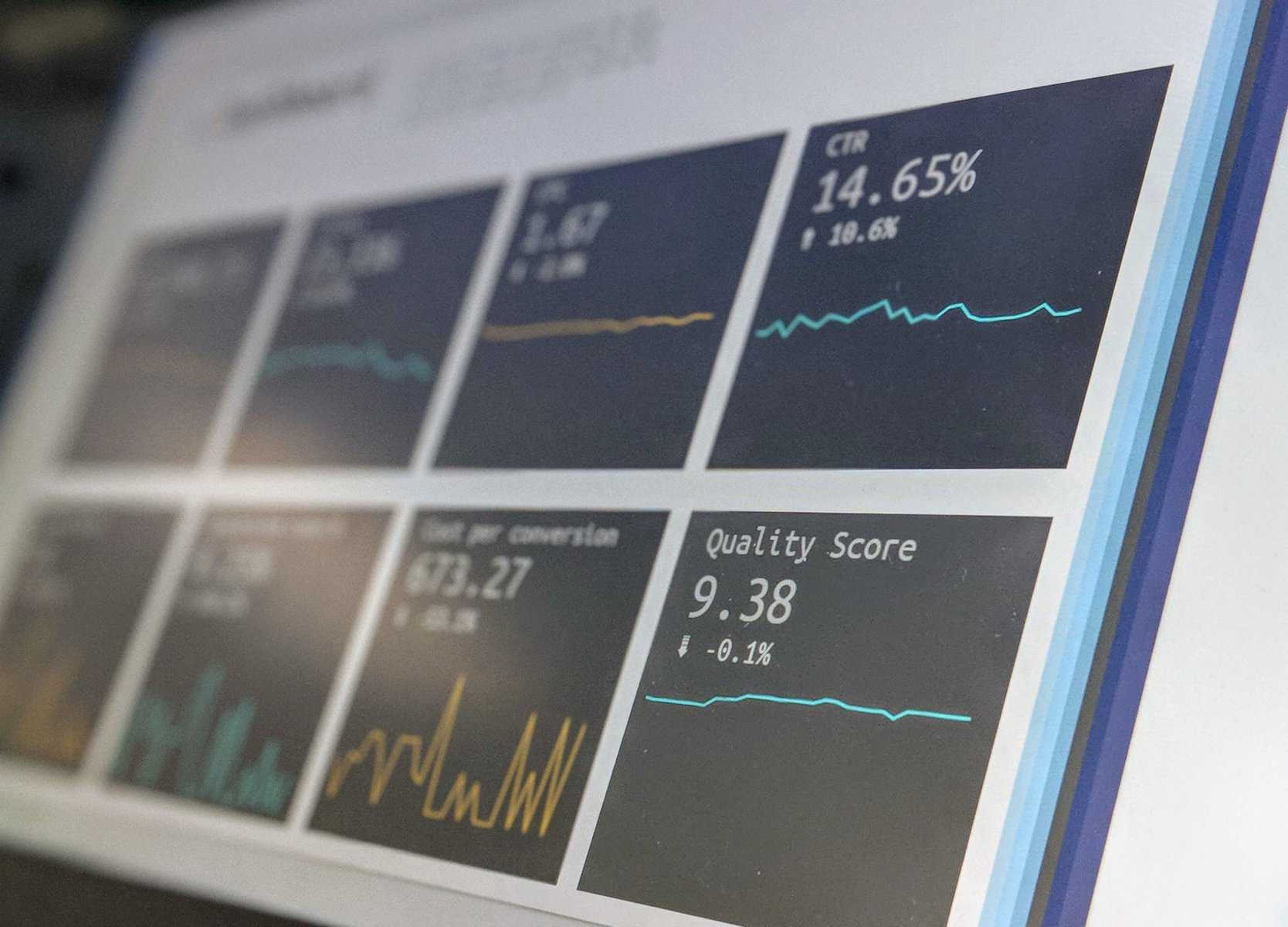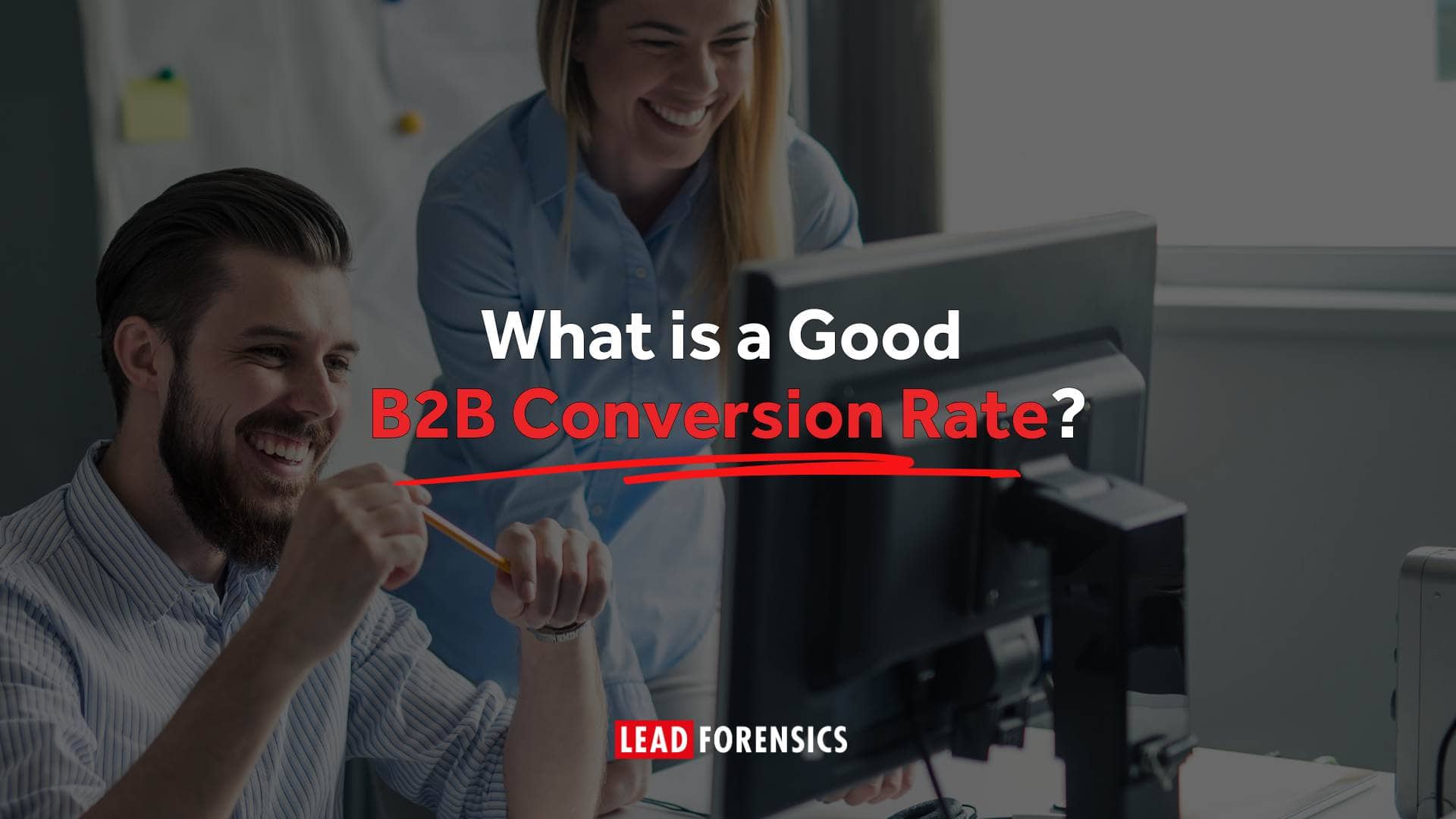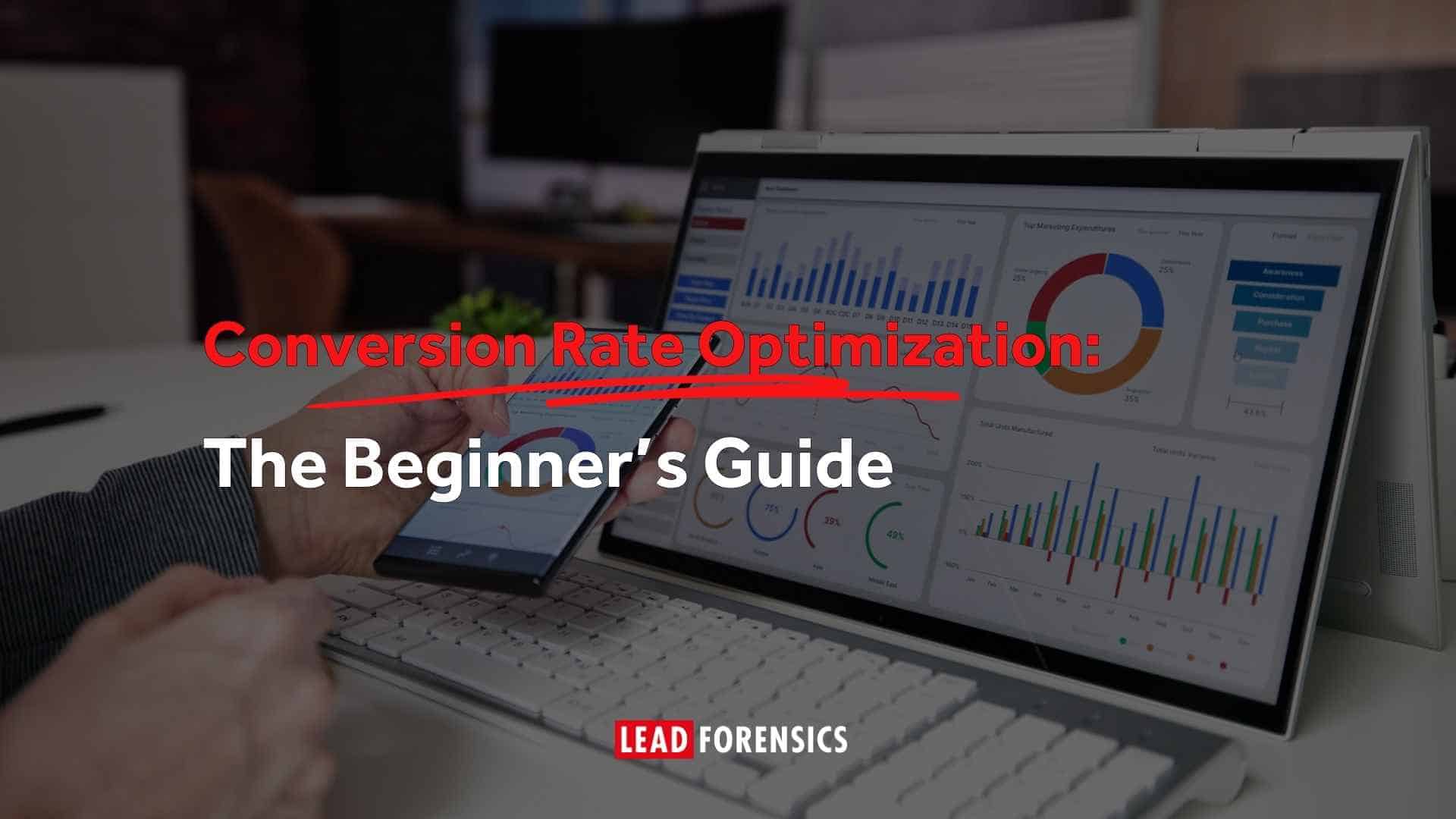One fifth of B2B Marketers say their biggest challenge is proving the effectiveness of their activity to the wider business. Your digital marketing metrics need to translate into meaningful business outcomes for senior management, and that means proving it’s ROI.
If your digital campaigns are successful lead generators, then make sure you shout about it!

Your B2B marketing metrics need to translate into meaningful business outcomes for senior management, and that means proving it’s ROI. If your digital campaigns are successful lead generators, then make sure you shout about it!
It’s time to get rid of the digital headache. Here are some of the top B2B marketing metrics that experts measure, and why you should too…
Conversion rate
What it measures: Conversion rate is a B2B marketing metric that measures how many people converted into customers compared to how many people you contacted, or how many people saw an ad.
How to calculate it: Conversion Rate = (Total number of conversions / Total number of leads) x 100%
If you want to generate the best return possible, you’re going to have to understand how your conversion at each stage of the sales funnel affects your ROI.
If you always remember to forecast conversion performance before you invest another penny in online marketing activity, then you definitely won’t be caught out further along the line.

Customer acquisition cost (CAC)
What it measures: Customer acquisition cost measures how much it’s costing you to get a new customer.
How to calculate it: Customer acquisition cost = Total amount you spent on acquiring customers / Number of new customers you acquired from those activities
With paid advertising activity in particular, you have two variables you can change: your message and your bids. Keeping a close eye on cost metrics further through the funnel will make sure you don’t end up with lots of top-of-funnel vanity traffic, but negative ROI at the bottom (Uh-oh).

Cost per lead (CPL)
What it measures: Cost per lead measures how much you’re spending on each lead you bring into the business.
How to calculate it: Cost per lead = Total marketing spend / Total new leads
Customer lifetime value (CLV)
What it measures: Customer lifetime value shows you how much your average customer will spend with you throughout their customer lifespan.
How to calculate it: Customer lifetime value = Average purchase value x Average purchase frequency x Average customer lifespan
Customer lifetime value (CLV) : Customer acquisition cost (CAC) ratio
What it measures: Your CLV:CAC ratio demonstrates the true value of a customer, taking into account the spend it took to acquire that customer in the first place.
How to calculate it: CLV:CAC ratio = Average customer lifetime value / Customer acquisition cost
Bounce rate
What it measures: Bounce rate shows you how many website visitors are leaving your site without clicking onto another page.
A high bounce rate can mean a lot of things, but common causes are a lack of a strong call to action, your visitors not finding what they’re looking for, or your site loading too slowly.

How to calculate it: Many analytics platforms will calculate your bounce rate for you, but to calculate it manually, divide the number of single-page sessions by the number of total sessions on the site.
Lead-to-customer conversion rate
What it measures: The lead-to-sale conversion rate measures your effectiveness in converting a lead into a customer. This B2B marketing metric focuses on how many leads turn into sales and drive revenue.
How to calculate it: Lead-to-sale conversion rate = (Converted leads / Total lead volume) x 100%
Multi-touch attribution
What it measures: Multi-touch attribution is a data-driven marketing approach that credits each touchpoint in the customer journey for its relative contribution to conversion.
This approach provides a more holistic view of the customer journey, as opposed to last-touch or first-touch attribution models. Multi-touch attribution can be used to measure the effectiveness of each touchpoint in the customer journey, as well as the overall effectiveness of the journey itself.
This approach can help marketers identify which touchpoints are most important to the customer journey and which touchpoints may be causing customers to drop off. The approach can be used to attribute conversions to specific channels, campaigns, or even individual keywords.
How to calculate it: Multi-touch attribution is a key B2B marketing metric for understanding the effectiveness of your marketing campaigns. It can be used to measure the impact of each marketing channel on your overall sales, and to optimize your marketing mix for maximum ROI.
Another method is to use a first-touch or last-touch model, which assigns 100% of the credit to the first or last touchpoint. This can be helpful for understanding which channels are most effective at driving awareness or conversion.

Finally, you can use a more sophisticated model that takes into account the timing and order of each touchpoint. This can be helpful for understanding the customer journey and for optimizing your marketing mix.
No matter which method you use, multi-touch attribution can be a valuable tool for understanding the impact of your marketing campaigns and for optimize your marketing mix.
Unengaged subscriber rate
What it measures: Unengaged subscriber rate measures how many contacts in your email campaign aren’t engaging with your content – what this means specifically can vary based on what you consider engagement – for some it might mean just opening an email, for others it might be clicking on a call to action.
Whatever it means for you, it’s in your best interest to trim the fat and get rid of contacts who clearly either aren’t interested or even aren’t receiving your emails at all. Having a smaller mailing list but a higher percentage of engaged contacts will be healthier overall for your deliverability rates.
How to calculate it: Unengaged subscriber rate = (Unengaged subscribers / Total subscribers) x 100%
MQL to SQL ratio
An MQL, or marketing qualified lead, is a potential customer that your marketing team has deemed a good fit for the business. An SQL (sales qualified lead) is an opportunity further down the sales funnel and has been identified as a good fit by your sales team, and has an intent to buy.

What it measures: MQL to SQL ratio measures how many MQLs are progressing to SQLs.
How to calculate it: MQL:SQL ratio = Number of MQLs:Number of SQLs
Net promoter score
What it measures: NPS, or net promoter score, measures how likely your customers are to recommend you to someone.

If your business isn’t already conducting NPS surveys, you can either collect responses on your site or via email surveys, and simply ask your customers: How likely are you to recommend us to a friend or colleague?
How to calculate it: Net promoter score = Percentage of promoters (scored you 9 or 10) – Percentage of detractors (scored you 0-6)
Leads Generated
Obviously one of the most important things to track is how many leads your marketing activity is generating! This will give you a grasp of how effective your marketing efforts are and if you need to make any adjustments.
If you’d like to increase the number of leads you receive from interested prospects, you should definitely consider using Lead Forensics. The software identifies prospects that are on your site, enabling you to add them to your marketing automation sequence or handing them over to your sales team to follow up.
Thank you
Thanks for reading this blog post all about the B2B Marketing Metrics you should be looking at tracking. Every week we publish new best practice guides and tips and tricks for B2B sales and marketing, so please subscribe for alerts, add us to your bookmarks or come back again for more!
As you read this article, you may also be interested in ‘12 B2B lead generation strategies that actually work’.
If you’re interested in getting more valuable leads, you can get a demonstration of Lead Forensics here.








